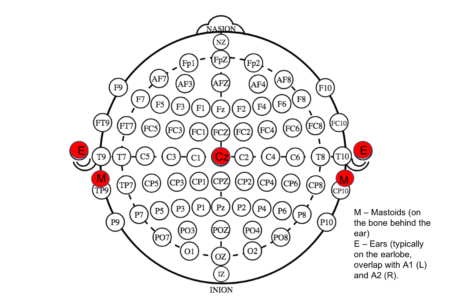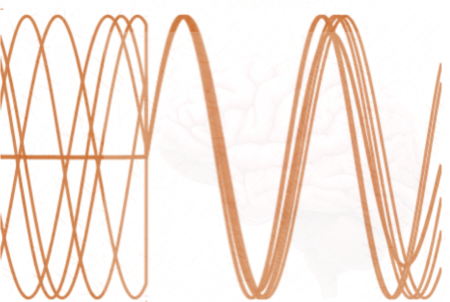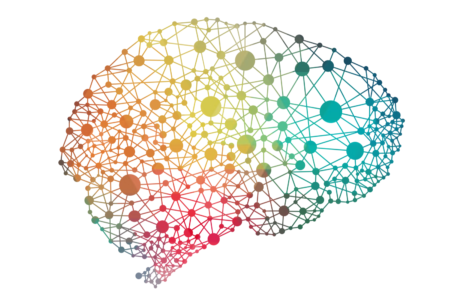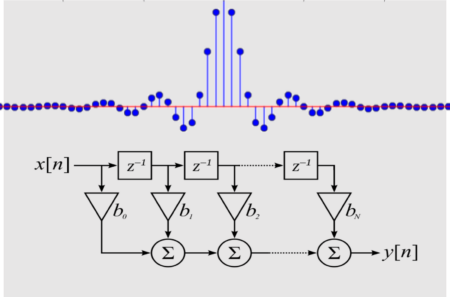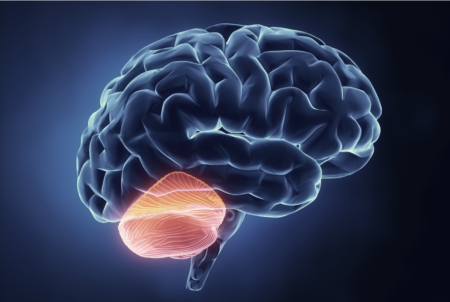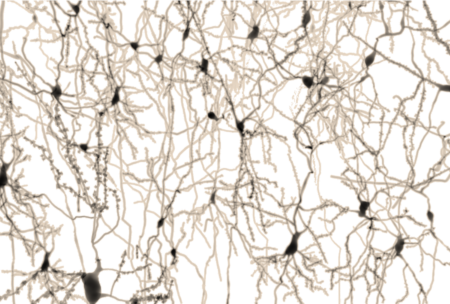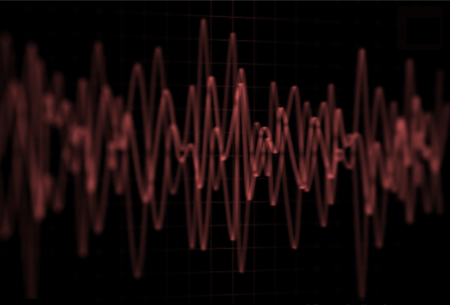In EEG, voltages recorded at each electrode are computed with reference to another electrode. The choice of this electrode reference impacts a number of EEG measures….
Lab Talk
EEG Connectivity Using Phase Lag Index
Phase Lag Index is a tool to estimate connectivity in EEG in a way that eliminates volume conduction effects. However, it is also likely to…
Assessing Connectivity with Phase Locking Value
Assessing phase locking in the signal between two electrodes is often used as a method to assess functional connectivity. Here is a look at how…
Tracking Anesthesia
With multifaceted effects from analgesia, amnesia, paralysis and loss of consciousness the mechanisms of anesthesia are still a mystery. Can tracking with EEG provide deeper…
Factors that Impact Coherence in the EEG
Coherence is a commonly used measure in EEG analysis. What is Coherence and what are the practical considerations, limitations and interpretations of this measure when…
Pitfalls of Filtering the EEG Signal
Filtering of the EEG signal to remove artifacts is a common pre-processing step but introduces temporal distortions in the signal. How do you chose a…
The Radically Changing View of the Cerebellum
Long thought to be purely involved in motor activity, new roles have been discovered for the cerebellum in cognition. Yet so long on a backfoot…
From Neuron to Brain: The Perils of a Reductionist Approach
Much of neuroscientific research on brain signals is focused on studying the spiking activity of neurons in a dish. Can this really tell us how…
Non Sinusoidal and Non Stationary Properties of Neural Signals
Electrical signals from the brain are not simply a superposition of sinusoids resulting in limitations of fourier analysis. A recently proposed cycle-by-cycle approach can shed…
Brain Waves, Sine Waves and the Fourier Transform
The most popular method of analyzing brain signals is to decompose it into its component sinusoids using the fourier transform. However a non-sinusoidal physiology poses…

